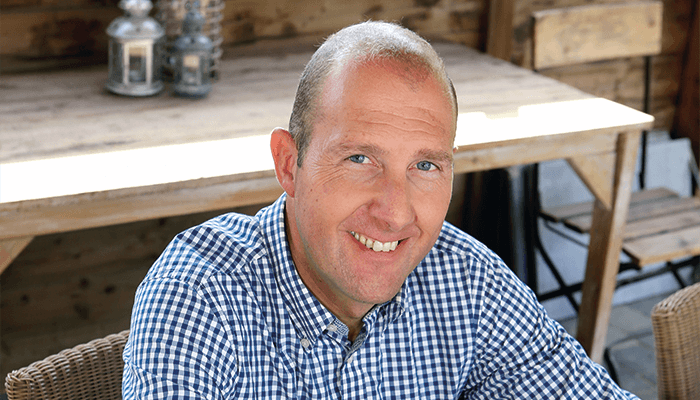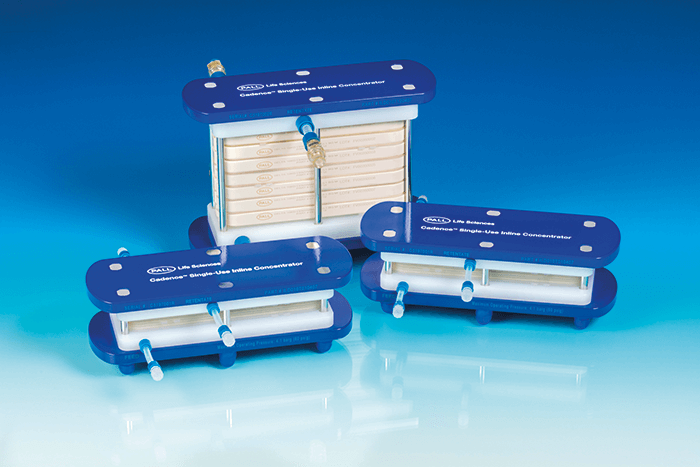The biopharma industry can be cautious when it comes to change and new manufacturing technologies, which is understandable given the temperamental nature of cells and the inherent difficulties of biopharma manufacturing. Single-use systems offer a range of benefits including reduced cleaning, increased flexibility and decreased footprint, but many in the industry were wary when the concept was first introduced many years ago. As use has increased, the technologies have become well accepted by users and regulators alike.
Perhaps the main challenge is the limits of scale; single-use systems are generally more suited to small-scale production, but this also makes them highly appropriate for continuous bioprocessing operations. Continuous bioprocessing is a relatively new concept that allows more economical production – but flexible technologies are key to its implementation. Pall recently announced its intent to focus on continuous bioprocessing and has been exploring options and technologies. We speak to Mario Philips, Vice President and General Manager of Single-Use Technologies at Pall, to find out why single-use systems are key to making continuous bioprocessing a reality.

How have single-use technologies evolved?
Single-use bags have been used in a number of industries for storage, but the biopharma industry has taken this one step further by performing operations, such as mixing, directly inside the bag. At the end of the day, single-use bags are just plastic, but this plastic is highly complex and must also be delivered at a high degree of quality for biopharma applications.. Over the last 60 years, Pall has built up a huge credibility in filtration and has gradually moved into single-use technologies. Initially, the company started out with sterile connectors before moving into storage and downstream single-use processing. In 2013, Pall also acquired ATMI’s life sciences business, which gave the company access to a portfolio of upstream single-use technologies. More recently, we’ve gotten involved with continuous bioprocessing and have launched systems for continuous purification (BioSMB), continuous clarification (Cadence Acoustic Separator) and tangential flow filtration (Cadence Inline Concentrator). The biopharma industry can be quite conservative when it comes to adopting new technologies, but there is no question that single use is getting more mature and is here to stay. Single-use systems are usually combined with stainless steel in a hybrid approach, but some new factories are being built to use single use almost exclusively. In the early days, the biggest challenge for the single-use market was uptake – it’s difficult to change the way that the industry does things; the fact that the ultimate end user of biopharma products is the patient means that changes in biopharma are never taken lightly. Today, however, the value proposition of single use is well understood and companies are very comfortable with the technology. In particular, Pall has focused on ensuring that single-use technologies are fit for purpose, as well as being reliable and easy to use; after all, if an operator cannot use and install the system correctly then it’s meaningless. When talking about single use, we shouldn’t forget about connectors, which also need to be reliable and easy to use.What are the next steps for single use?
Single-use bioreactors have gained a lot of momentum over the past few years. To some extent, single-use tangential flow filtration is seeing more interest too. We’re also at the point where some people in the industry are talking about single-use facilities. The market is filled with different customers with different visions and single use is a great way to create more flexibility in a facility. Although some small customers may buy a complete single-use factory, I don’t think that large companies will give “the keys of the factory” to just one vendor. When using single-use technologies, you become reliant on vendors for ongoing supply of bags and other components. Most companies don’t like to rely on just one vendor, so they typically divide the process up and use different vendors for various upstream and downstream processes, as well as retaining some independence with stainless steel. That said, as single-use technologies have matured and gained greater acceptance, many customers have realized that relying on a large vendor is nothing to be nervous about. A big company like Pall isn’t just suddenly going to disappear and is also experienced enough to help ensure a consistent supply of consumables. However, there is still a lot of work to be done in terms of modular design. As a vendor, we supply the equipment and we can recommend that the company places a bioreactor here, a mixer there, tangential flow filtration here, and so on, but the customer still has to figure out how to connect everything. The next step will be for vendors to help with modular design via pre-fabricated manifolds that allow customers to easily connect everything to get the process up and running quickly. In turn, this will also lead to standardization.





